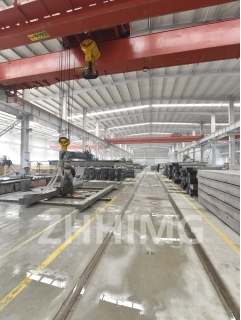When it comes to choosing semiconductor equipment, one of the most critical factors to consider is the material bed. Material beds, also known as wafer carriers, play a crucial role in the process of semiconductor manufacturing. Different material beds offer different advantages and disadvantages, making it necessary to weigh the options carefully.
One material bed option that has become increasingly popular is the use of granite material beds. Granite is a type of igneous rock that is extremely hard and durable, making it an excellent option for semiconductor equipment. Here are some of the advantages and disadvantages of using granite material beds:
Advantages:
1. High durability: Granite material beds are incredibly sturdy and resistant to wear and tear. They can withstand high temperatures and are not easily scratched or damaged, making them long-lasting and cost-effective.
2. Excellent flatness: Granite is a very hard material that is difficult to shape. However, its natural flatness is perfect for manufacturing semiconductor components, providing an excellent surface for materials to bond easily.
3. Thermal stability: Granite is an excellent material for maintaining consistent temperatures. This is crucial in the semiconductor industry as it allows for accurate control of temperature-sensitive processes.
4. Low particle contamination: Granite material beds are non-porous, which means that they do not produce dust or other contamination that could impact the manufacturing process. This helps ensure that the final product is of high quality.
Disadvantages:
1. Expensive: Compared to other material bed options such as aluminum or stainless steel, granite is a more expensive material, which can increase the cost of manufacturing.
2. Heavy: Granite is a heavy material, which can make it difficult to move or transport the equipment.
3. Difficult to shape: Granite is a very hard material that is difficult to shape, which can limit the design options for equipment.
4. Brittle: While granite is a durable material, it is also brittle, which means that it can crack or break if exposed to too much stress or force.
In conclusion, when choosing semiconductor equipment, it is crucial to weigh the advantages and disadvantages of different material bed options carefully. While granite may be more expensive and challenging to shape, its high durability, excellent flatness, and thermal stability make it an excellent choice for semiconductor manufacturing. Ultimately, it is essential to choose a material bed that can ensure an efficient and effective manufacturing process while maintaining a high-quality final product.
Post time: Apr-03-2024

